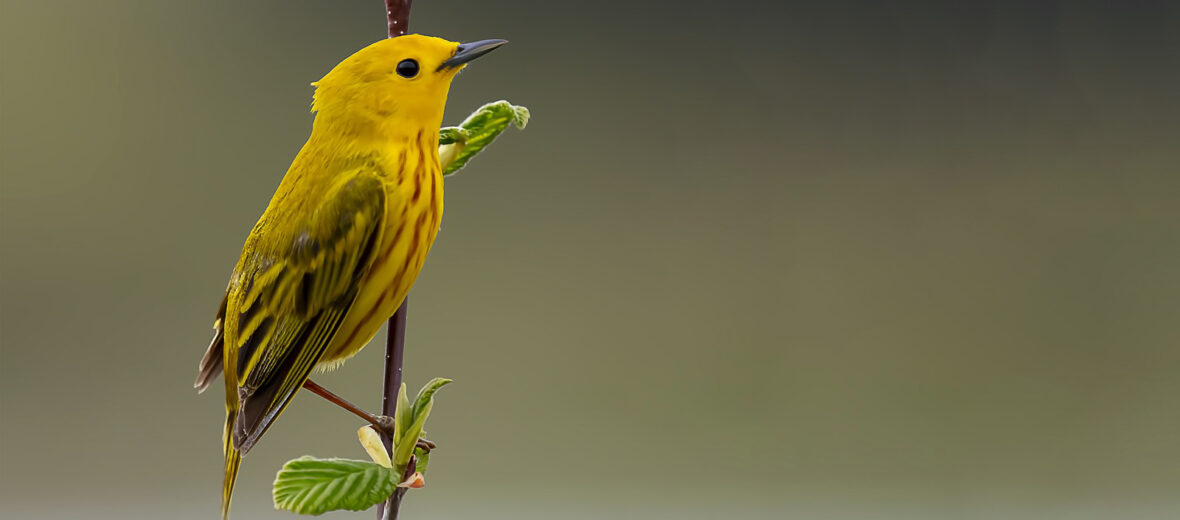
The yellow warbler, aka American yellow warbler, is widely distributed from Canada, throughout the United States, Mexico, Central America, and northern South America. These birds are highly beneficial, consuming large amounts of pest insects like moths and various caterpillars. Their primary natural threat is climate change, which can cause habitat alterations. The IUCN lists these birds as Least Concern.
First the Stats…
Scientific name: Setophaga petechia
Weight: Up to .39 ounce
Length: Up to 5.1 inches
Wingspan: Up to 7.9 inches
Lifespan: Up to 10 years
Now on to the Facts!
1.) Up to 60% of their diet is comprised of caterpillars. They also consume large quantities of insects, invertebrates, and fruits.
2.) Yellow warblers are solitary, sans during the breeding season, and they are very territorial.
3.) They tolerate a wide range of habitats, like farmlands, forest edges, mangrove forests, marshes, shrublands, and moist tropical forests.
4.) These birds are diurnal (active during the day).
5.) Males sing to denote territory. They also perform circling flight patterns to watch over their established territory.
But wait, there’s more on the yellow warbler!
6.) Communication consists of vocalizations, body language, and touch.
7.) A group of warblers is called a trepidation, stream, or sweetness.
Did you know…?
There are an estimated 97,000,000 wild individuals, but their numbers are decreasing.
8.) Yellow warblers can be either serially monogamous (stay with a single partner throughout the mating season) or polygynous (1 male mates with multiple females).
9.) May – June is the start of the mating season.
10.) Females lay up to 6 eggs that hatch in up to 14 days.
But wait, there’s still more on the yellow warbler!
11.) Chicks are fully independent at up to 4 weeks.
12.) These birds are sometimes referred to as summer yellowbirds.
13.) Sometimes cowbirds will lay eggs in a yellow warbler’s nest. Often times, when this happens, the male and female warblers will build a new nest and totally abandon their original nest.
14.) Females are responsible for incubation of the eggs and building the nest, while the males are responsible for providing food for the family and guarding the nest.
15.) Garter snakes, jays, crows, red squirrels, raccoons, weasels, skunks, and feral & domestic cats all prey on these warblers.
Now a Short Yellow Warbler Video!
Be sure to share & comment below! Also, check out the Critter Science YouTube channel. Videos added regularly!
Want to suggest a critter for me to write about? Let me know here.
Some source material acquired from: Wikipedia & IUCN



